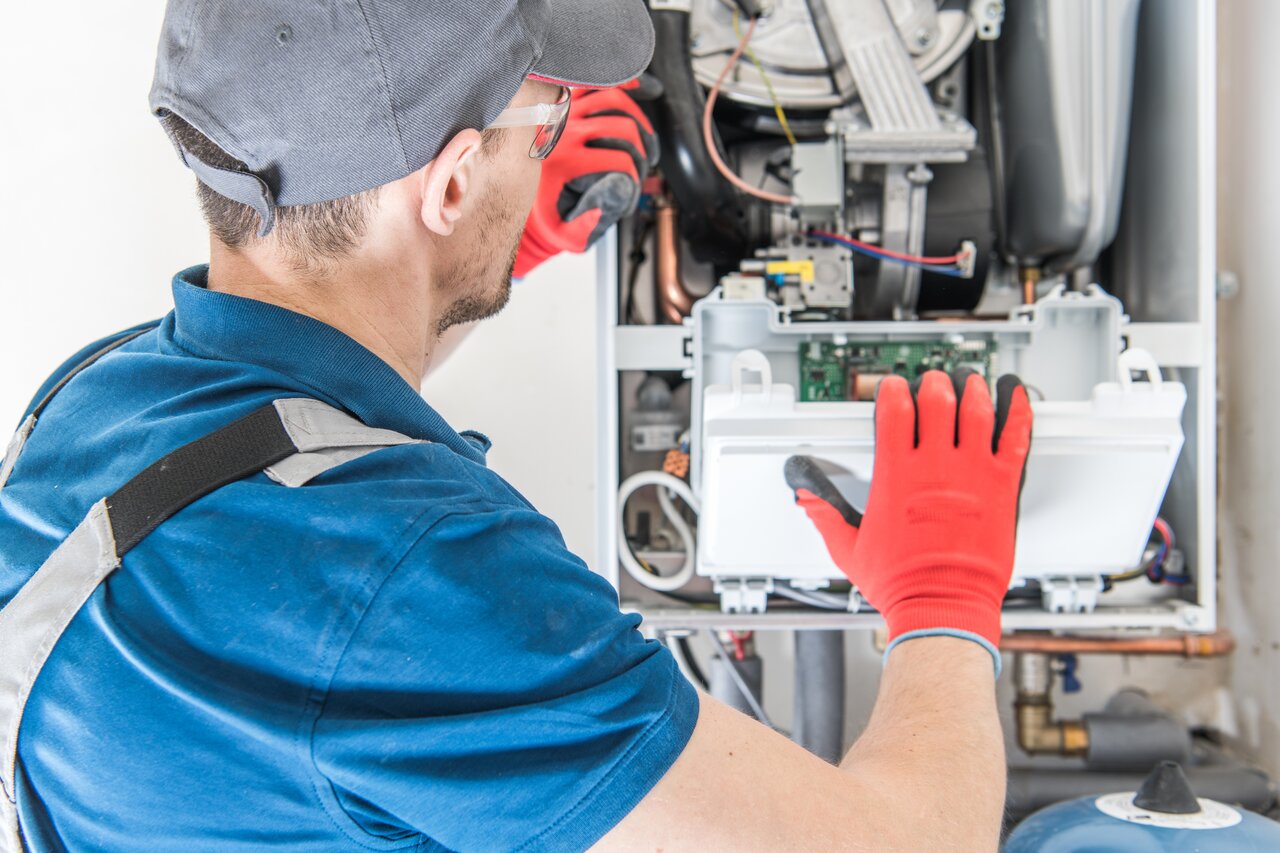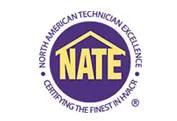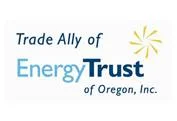As a homeowner, staying ahead of potential furnace issues is crucial to maintaining a warm, comfortable living space, especially during the colder months. Regular furnace inspections play a vital role in the proper maintenance of your heating system, helping to identify potential problems early and prevent costly repairs or unexpected breakdowns. By understanding the key components of a furnace inspection and knowing what to expect during the process, you can better assess your furnace’s condition and ultimately make informed decisions to ensure its optimal performance.
In this comprehensive guide, we will walk you through the main components of a furnace inspection, what to expect when a professional technician conducts an inspection, and how these essential examinations contribute to the safe and efficient functioning of your heating system. With the expertise of Wolcott Services, a leading provider of plumbing, electrical, heating, and cooling services in Portland, OR, you can trust that your furnace is in good hands.
Importance of Regular Furnace Inspections
Routine furnace inspections are an indispensable aspect of responsible homeownership. They provide several significant benefits:
- Safety: Regular inspections ensure that your furnace’s safety features, such as pressure switches and flame sensors, function correctly, reducing the risk of gas leaks or fires.
- Efficiency: A well-maintained furnace operates at peak efficiency, which translates to reduced energy consumption and lower utility bills.
- Longevity: Identifying and addressing potential issues early on can prolong your furnace’s lifespan, saving you money in long-term repair or replacement costs.
- Improved Air Quality: Inspections can detect and remove accumulated dust, debris, and allergens, leading to a healthier indoor environment.
To reap these benefits, it’s recommended to schedule a professional furnace inspection at least once a year, ideally before winter when your heating system works harder.
Key Components of a Furnace Inspection
A thorough furnace inspection will examine numerous components within the heating system to ensure proper functioning, safety, and performance. Here’s an overview of some critical components that a technician will assess during an inspection:
- Burners: Technicians will examine the burners for signs of corrosion, dust, or debris that could hinder their efficiency, cleaning and adjusting them as necessary.
- Heat Exchanger: This critical component is responsible for transferring heat from the combustion process to the air. Technicians will look for cracks or leaks that can lead to carbon monoxide exposure.
- Blower Motor and Fan: The blower motor pushes conditioned air throughout your home. A technician will inspect the motor, fan blades, and belts for wear and tear or debris accumulation, cleaning and lubricating parts as necessary.
- Electrical Components: A technician will verify that the wiring, switches, and controls are functioning correctly, addressing any electrical issues or concerns.
- Ductwork and Vents: Your technician will check for leaks, obstructions, or accumulations of dust and debris in your ductwork and vents, which can impact your system’s overall efficiency.
- Filters: Technicians will examine your furnace’s air filter to ensure proper airflow and will replace it or recommend a replacement based on its condition.
- Thermostat: A technician will test and calibrate your thermostat to guarantee accurate temperature readings and proper cycling of your furnace.
What to Expect During a Furnace Inspection
Understanding the steps of a professional furnace inspection allows you to better comprehend the process and ensure a comprehensive assessment of your heating system. Here’s what you can expect:
- Technician Arrival: Your technician will arrive at your home at the scheduled time, discuss any concerns or issues, and gather information about your furnace’s make, model, and maintenance history.
- System Testing: Technicians will turn the furnace on to observe its operation and identify any initial concerns, such as unusual noises, odors, or performance issues.
- Component Inspection: Technicians will then conduct a thorough examination of the furnace’s key components, as listed above. They may clean, adjust or replace parts as necessary during the inspection.
- Combustion Analysis: This test measures the air mixture and fuel efficiency of your furnace. It helps ensure that your furnace is operating safely and efficiently.
- Inspection Report: Upon completion, your technician will provide you with a detailed inspection report outlining their findings, recommended maintenance, or needed repairs.
- Post-Inspection Discussion: A technician will review the inspection report with you, answer any questions you may have, and discuss any potential concerns or suggested repairs.
Preparing for a Furnace Inspection
Preparing your furnace and home for inspection can facilitate a smooth and efficient process. Here are a few recommendations for homeowners:
- Ensure Clear Access: Make sure that the furnace and surrounding area are free from clutter or obstructions so the technician can easily access and examine the system.
- Clean the Area: Clean the area around your furnace to reduce the transfer of dust or debris during the inspection.
- List Concerns or Issues: Prepare a list of concerns or issues you’ve noticed with your furnace’s operation to discuss with the technician during their visit.
- Review your Furnace’s Documentation: Gather your furnace’s documentation, such as the owner’s manual or past repair invoices, to share relevant information with your technician.
Post-Inspection Maintenance Tips
Once your furnace inspection is complete, it’s crucial to follow recommended maintenance guidelines to keep your system running efficiently and identify future concerns. A few key tips include:
- Regularly Change the Air Filter: Replace your air filter every 1-3 months, depending on the filter type and your home’s conditions, such as allergies or pet presence.
- Inspect Vents and Ducts: Perform periodic self-reviews of your ducts and vents to identify obstructions, leaks, or dust accumulations.
- Monitor Thermostat Function: Keep a close eye on your thermostat’s performance and replace batteries as needed.
Trust Wolcott Services for Comprehensive Furnace Inspections
Staying vigilant about the condition of your furnace and understanding the key components of a furnace inspection are essential components of responsible homeownership. Regular furnace inspections not only contribute to a safe and comfortable living environment but also help extend the life of your heating system and save money on repairs and energy bills.
When it’s time for your annual furnace inspection, trust the professionals at Wolcott Services in Portland, OR. With decades of experience in plumbing, electrical, heating, and cooling services, our qualified technicians will provide comprehensive inspections and expert recommendations, ensuring your furnace operates safely and efficiently. Don’t hesitate to schedule your furnace inspection with Wolcott Services today and experience peace of mind knowing your home’s heating system remains in optimal condition.



